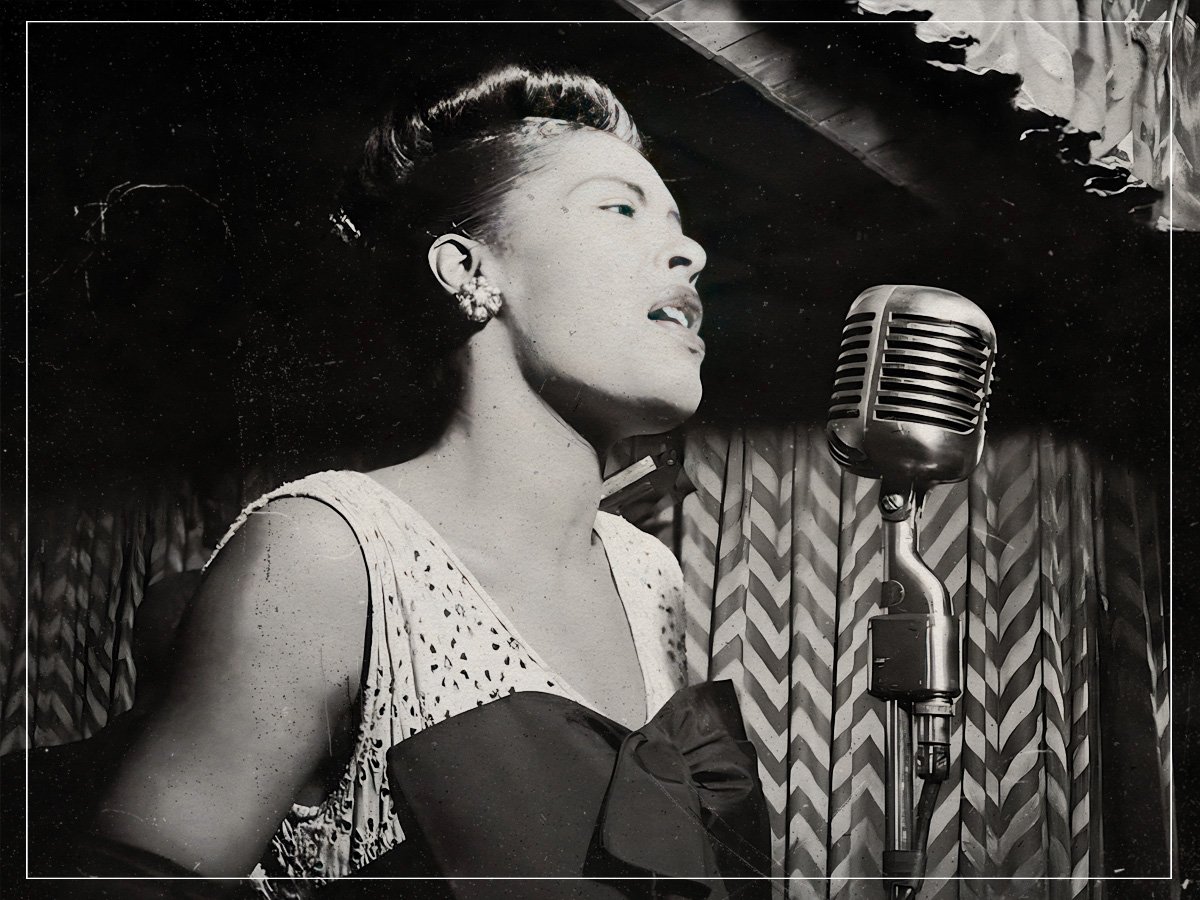
How many of you have heard the names Sammy Fain and Irving Kahal before? Very few, I’d venture to guess. These two faceless figures are the men responsible for writing the incredibly popular song ‘I’ll Be Seeing You’, originally produced for the 1938 musical Right This Way. Over the next few years, the song would be recorded by a plethora of artists, with the velvet tones of Bing Crosby giving the number its highest level of commercial success. Despite that fact, most people are aware of the track via a recording made in 1944 by Lady Day herself, Billie Holiday.
Although the track was penned seven years prior, it seems as though 1944 was its most popular era. That same year, both Bing Crosby and Frank Sinatra would enter the US charts with their respective recordings of ‘I’ll Be Seeing You’. In fact, Crosby’s version topped the charts on July 1st, becoming a definitive track of wartime America. In contrast, the Billie Holiday recording failed to get much recognition at all upon its release.
Admittedly, Holiday did not endear herself towards mainstream American audiences as easily as the likes of Bing Crosby. After all, she was a Black female jazz singer operating in a time of prolific racism, segregation and prejudice.
So, that goes some way to explaining why Holiday’s version was not a commercial success at the time, but why, then, has her version of the track become the definitive? There are myriad factors at play, the main one being that – tragically – Holiday witnessed much more widespread attention and acclaim after her untimely death in 1959.
During her life, she was often portrayed as a woman of loose morals, with an addiction to drugs and alcohol, and therefore not worth taking seriously. After her passing, her representation as a tragic hero, creating beautiful music in horrific circumstances, began to take over, leading to a resurgence in the popularity of her recordings.
Holiday had faced hostility and difficulties throughout her career, though these began to ramp up during the latter part of the 1940s – spurred on by her increased reliance on heroin. In spite of all that difficulty, or perhaps because of it, Lady Day was still able to imbue every word or every song she sang with a deep and incredibly affecting, in an emotional sense.
Perhaps that is the reason why Holiday’s ‘I’ll Be Seeing You’ has become the definitive version of the song; you can tell she means it. The heartbreak, the melancholy, the desperation of that song could only be encapsulated by the hauntingly beautiful vocals of Holiday – nobody knew heartbreak like Lady Day. It is not an easy task to sing a song that somebody else has written, and make it seem as though every word has been dug up from being buried deep in your soul, but Holiday makes it seem like light work.
Most of the songs that we recognise as being Billie Holiday’s, were written by other people. Throughout her career, she co-authored around 15 tracks, the rest being supplied by composers and writers. Ultimately, though, it did not matter who wrote them because, by singing them, Holiday made them her own. Francis Ford Coppola was not the original creator of The Godfather, novelist Mario Puzo was, but it didn’t matter because Coppola was the one who brought the creation to life. In a similar sense, Holiday brought those songs to life in ways that had never been seen before.
